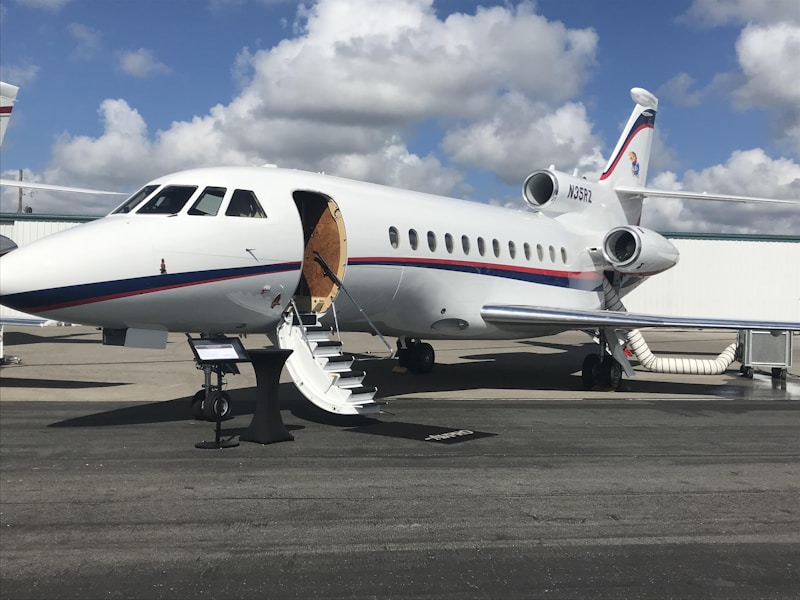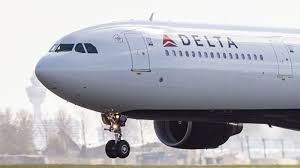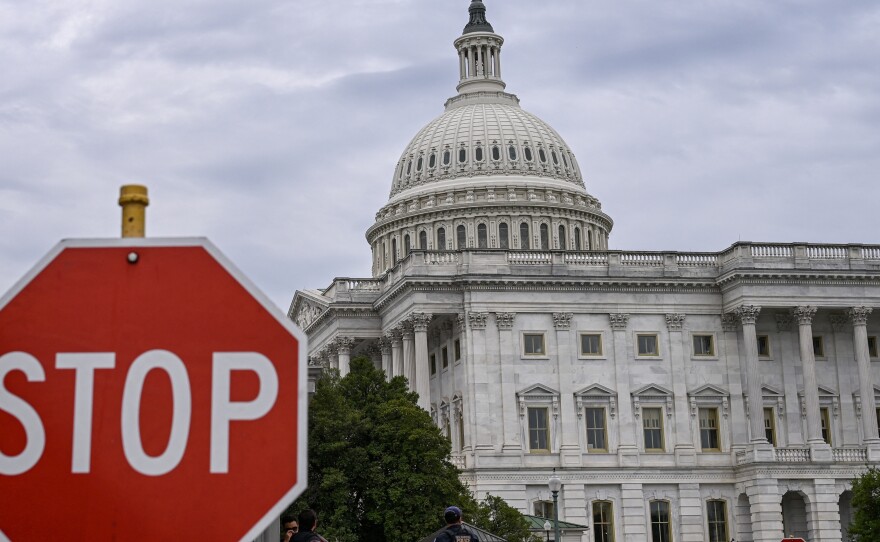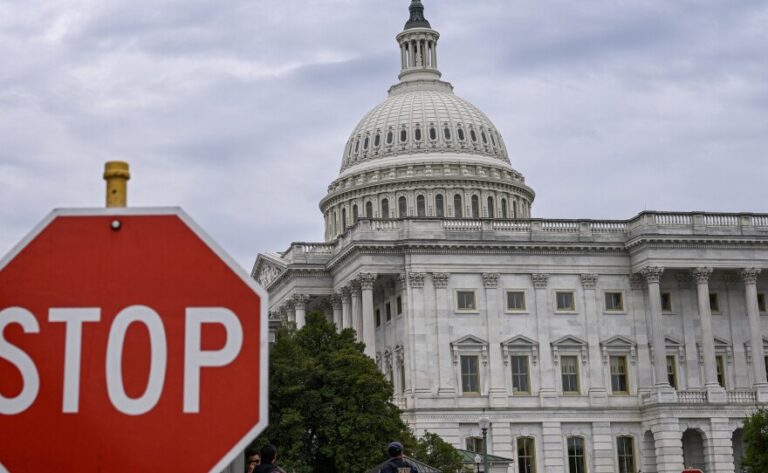In a dramatic mid-flight emergency on Wednesday evening, July 30, 2025, Delta Air Lines Flight 56 encountered severe turbulence that sent 25 people to the hospital and forced the Amsterdam-bound aircraft to make an emergency landing in Minneapolis.
https://www.youtube.com/watch?v=tR08ZLGa7m4
The Airbus A330-900, carrying 275 passengers and 13 crew members from Salt Lake City to Amsterdam, diverted to Minneapolis-Saint Paul International Airport (MSP) after experiencing what Delta described as “significant turbulence” while en route over the United States.
Emergency Response at MSP Airport
The aircraft touched down safely at approximately 7:45 p.m. local time, where emergency crews were standing by. The Minneapolis-Saint Paul Airport Fire Department and paramedics met the plane at the gate, providing immediate medical attention to injured passengers and crew.
“Medical personnel met the flight upon arrival to evaluate customers and crew,” Delta said in an official statement. “Twenty-five of those on board were transported to local hospitals for evaluation and care.”
Understanding the Turbulence Threat
While the exact nature and severity of injuries have not been publicly detailed, unofficial sources suggest the aircraft may have dropped approximately 900 feet during the turbulence encounter. This type of severe turbulence can cause passengers and crew to be thrown violently against seat belts or cabin fixtures.
According to the National Weather Service, severe turbulence causes:
- Large and abrupt changes in altitude and attitude
- Significant variations in indicated airspeed
- Momentary loss of aircraft control
- Violent forces against occupants secured by seat belts
The Growing Turbulence Challenge
This incident highlights a concerning trend in aviation safety. According to a 2021 National Transportation Safety Board report, turbulence-related accidents are the most common type of accident involving air carriers operating under U.S. regulations.
The unpredictability of turbulence makes it one of the most challenging weather phenomena for pilots to navigate. Unlike other weather conditions that can be detected and avoided, clear-air turbulence can occur without warning, even in seemingly calm conditions.
Delta’s Response and Passenger Support
Delta Air Lines emphasized that safety remains their top priority. “Safety is our No. 1 value at Delta, and our Delta Care Team is working directly with customers to support their immediate needs,” the airline stated.
The carrier expressed gratitude for the emergency responders who assisted at MSP Airport. “We are grateful for the support of all emergency responders involved,” Delta added in their statement.
Recent Turbulence Incidents
This incident follows a pattern of turbulence-related emergencies in recent months. In March 2025, five passengers sustained minor injuries when United Express Flight 5690 experienced turbulence while traveling from Missouri to Houston, forcing an emergency landing in Waco, Texas.
Key facts about aviation turbulence safety:
- Turbulence-related injuries remain relatively rare despite their frequency
- Most injuries occur when passengers are not wearing seat belts
- Flight attendants are most vulnerable as they move about the cabin
- Modern aircraft are designed to withstand even severe turbulence

Investigation and Next Steps
While the Federal Aviation Administration (FAA) and National Transportation Safety Board (NTSB) have not yet issued official statements, incidents involving injuries due to turbulence typically trigger internal airline reviews and potential federal investigations.
The Metropolitan Airports Commission confirmed that the flight was diverted “due to reported in-flight turbulence that caused injuries on board,” with spokesperson Jeff Lea coordinating emergency response efforts.
Passenger Safety Reminders
This incident serves as a crucial reminder for air travelers about the importance of following safety protocols:
- Always keep seat belts fastened when seated, even when the sign is off
- Follow crew instructions immediately during turbulence
- Secure loose items that could become projectiles
- Return to seats promptly when turbulence is announced
As climate change continues to affect weather patterns globally, aviation experts predict that turbulence encounters may become more frequent and severe, making passenger compliance with safety measures more critical than ever.
The investigation into this incident continues, with updates expected as more information becomes available from Delta Air Lines and federal aviation authorities.














